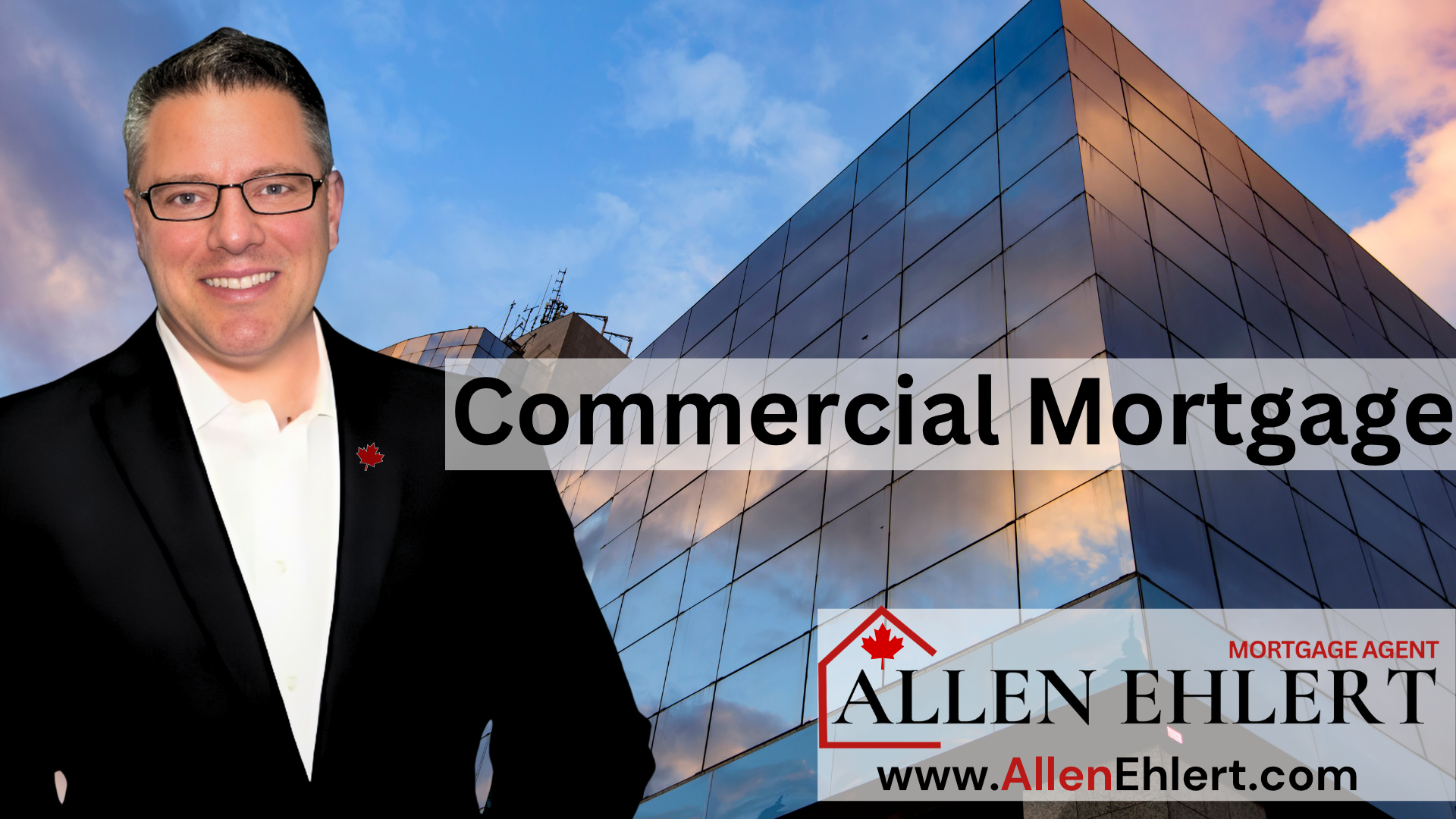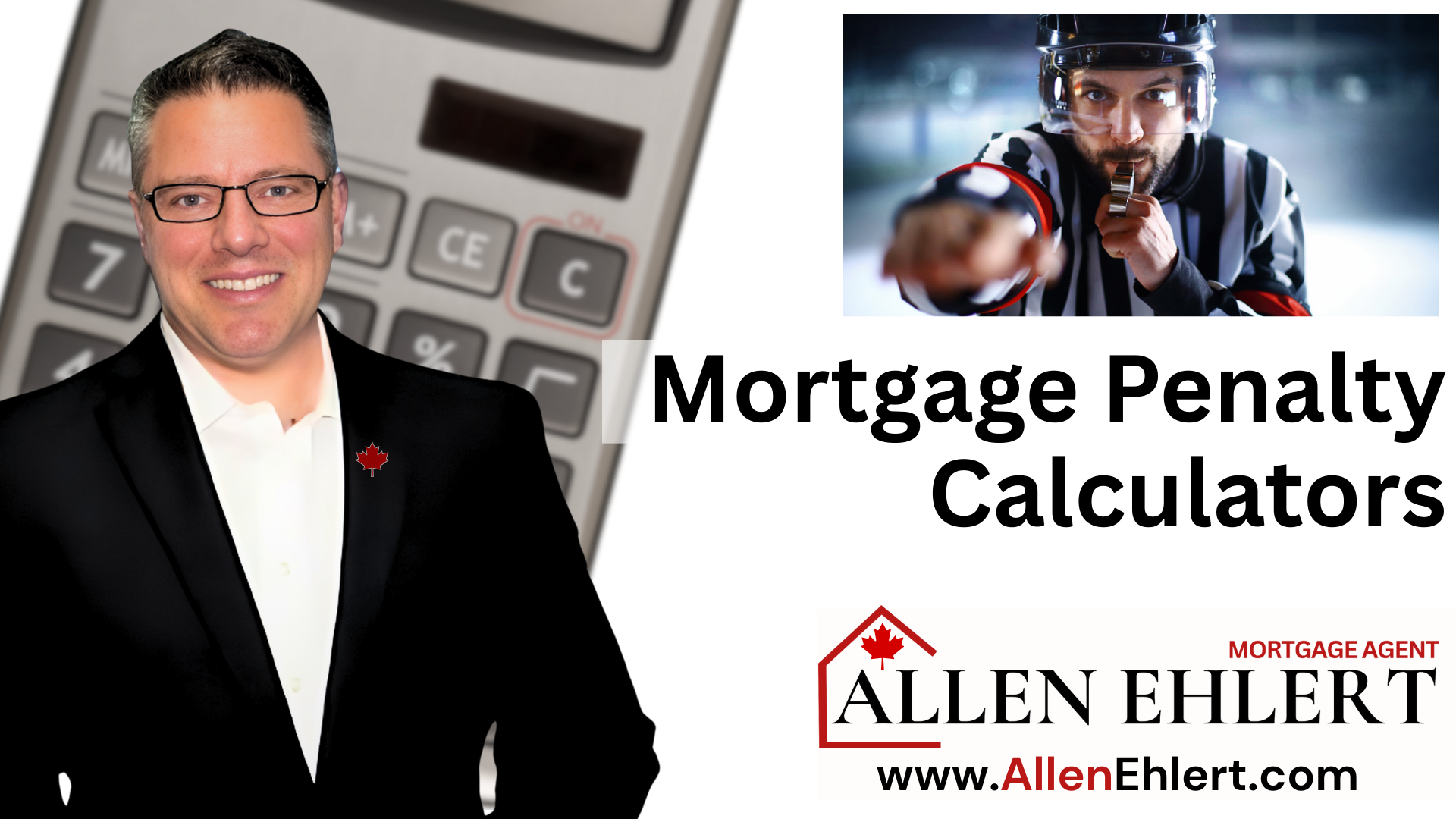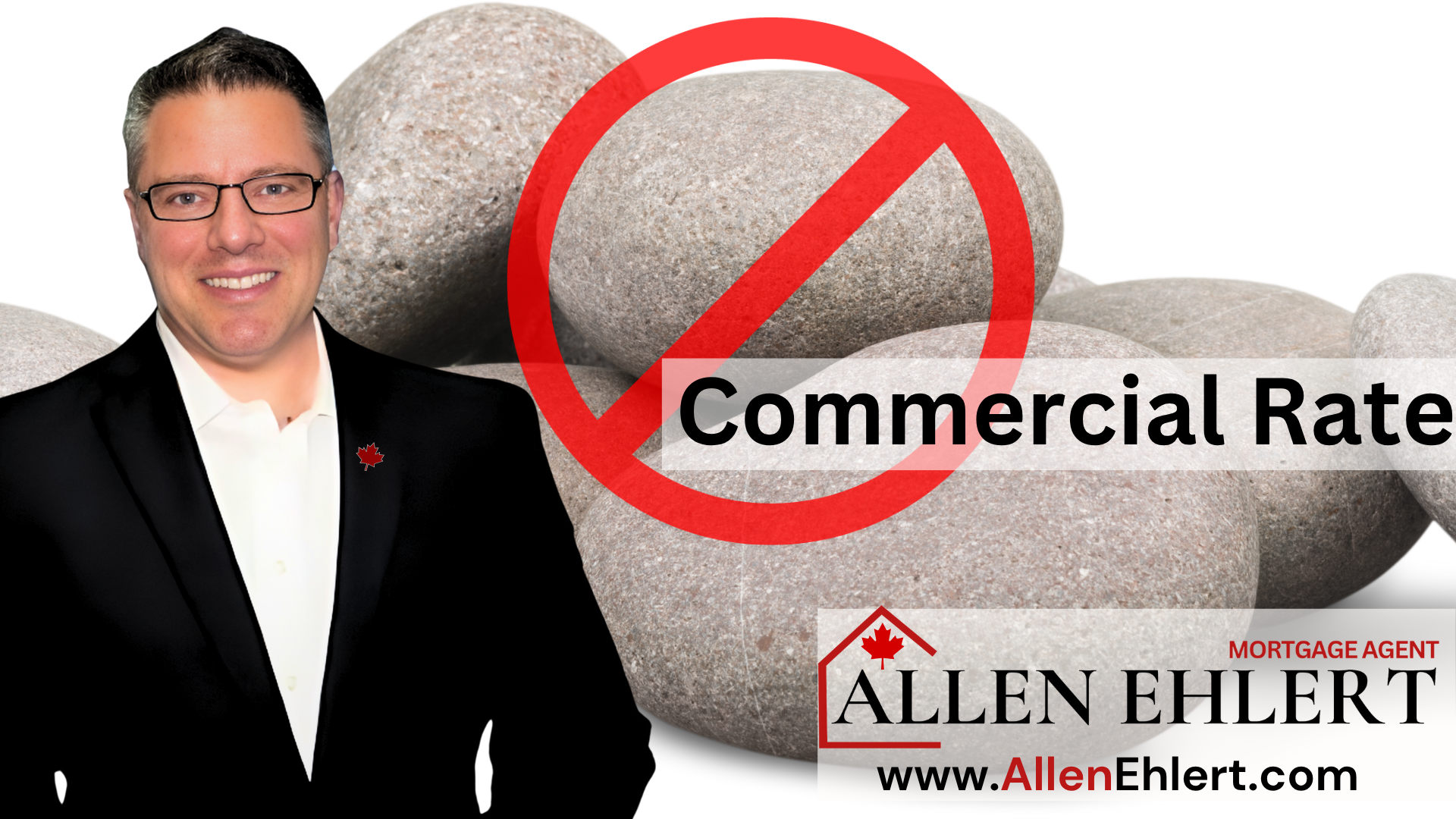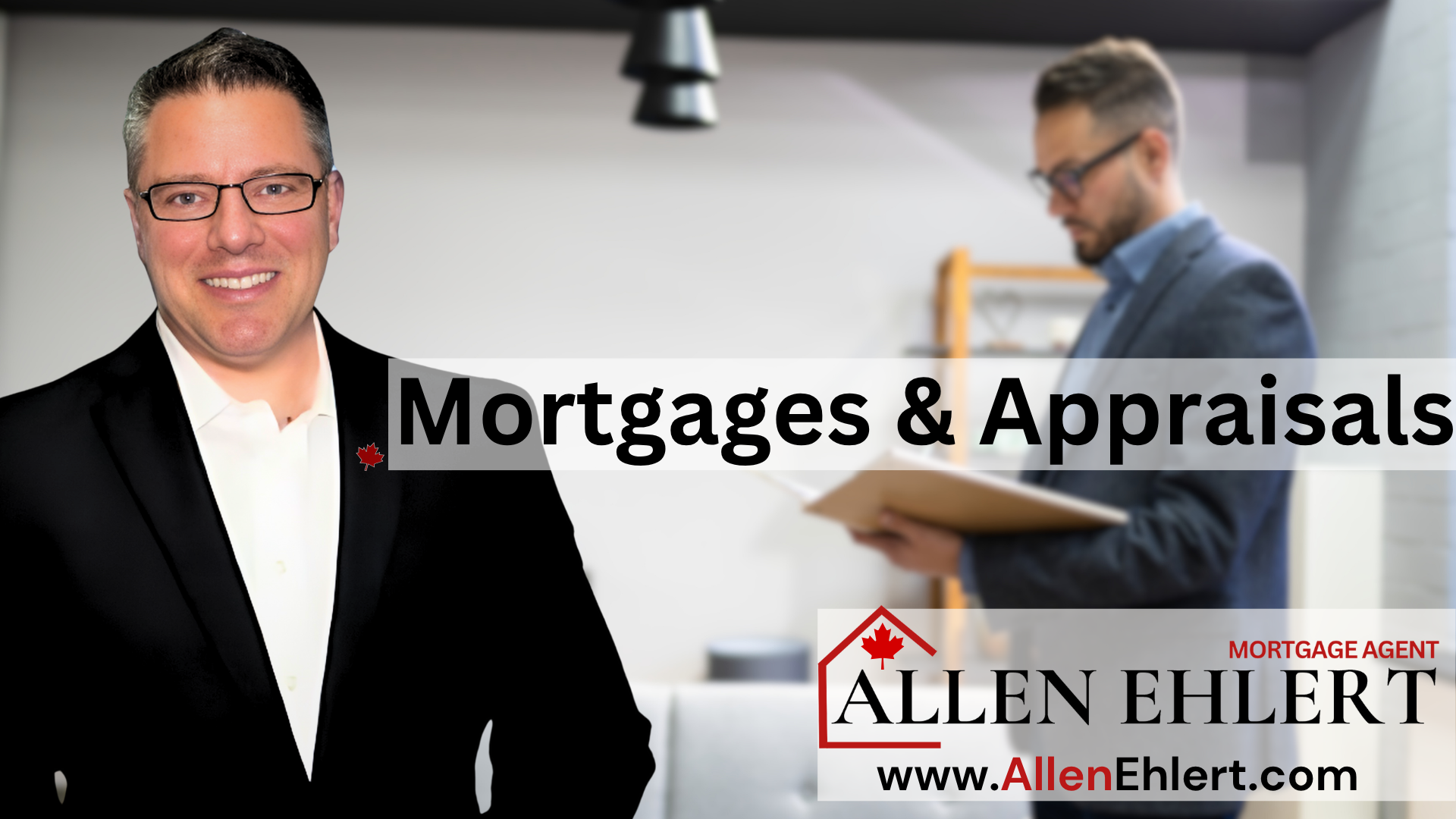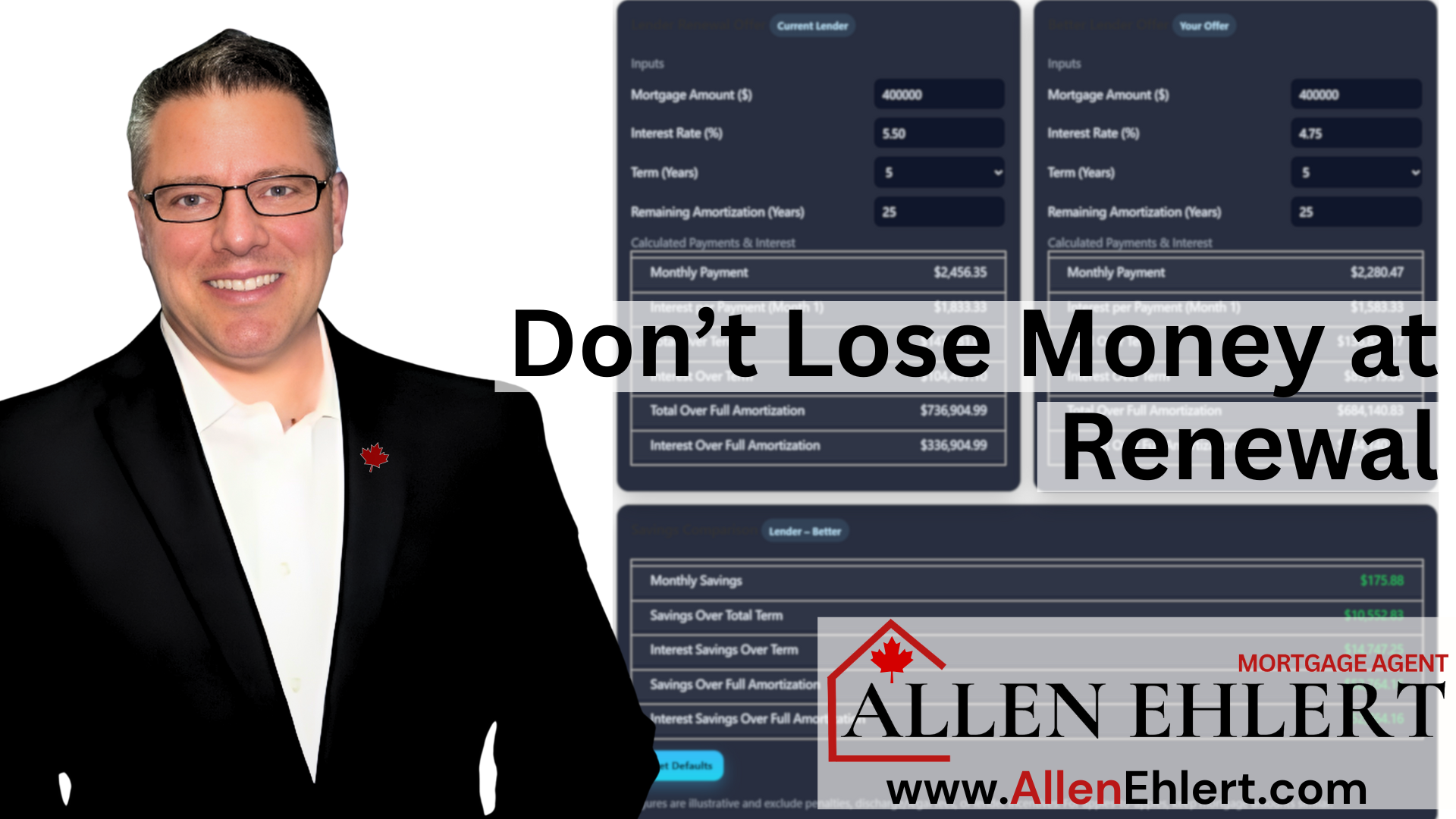As a young couple, Sarah and Michael had been diligently saving for their first home. They were excited to take the plunge into homeownership, but when they met with me, they were surprised to learn about the requirement for mortgage default insurance. This was something they hadn’t anticipated, but I explained that it was a necessary step in securing their high-ratio mortgage.
Sarah and Michael’s down payment was just shy of the 20% threshold, which meant they needed to obtain mortgage loan insurance, also commonly known as CMHC insurance. though it can also be obtained from Canada Guaranty and Sagen. This type of high-ratio mortgage insurance would protect their lender in the event they were unable to make their mortgage payments.
At first, the idea of an additional cost seemed daunting, but as I walked them through the details, Sarah and Michael began to understand the importance of home loan protection and how mortgage default insurance could ultimately make their dream of homeownership a reality.
Key Takeaways
- Mortgage default insurance is a requirement for high-ratio mortgages in Canada (down payment less than 20%)
- It protects lenders from potential losses if the borrower defaults on their mortgage
- The most common provider is the Canada Mortgage and Housing Corporation (CMHC)
- Premiums are a one-time upfront cost based on the loan-to-value ratio and total loan amount
- Mortgage default insurance allows you to purchase a home with a smaller down payment, making homeownership more accessible
What is Mortgage Default Insurance?
Mortgage default insurance, also known as high-ratio mortgage insurance or mortgage loan insurance, is a requirement for Canadians with a down payment of less than 20% on their home purchase. This type of insurance protects your mortgage lender from potential losses if you, the borrower, default on your mortgage payments.
Understanding High-Ratio Mortgages
A high-ratio mortgage is a mortgage loan where the down payment is less than 20% of the home’s purchase price. Mortgage default insurance is mandatory for these types of mortgages, as the lender is taking on a higher level of risk with a smaller down payment.
Protecting Lenders from Potential Losses
Mortgage default insurance covers your lender in the event that you are unable to make your mortgage payments. If you default on your loan, the insurance policy will compensate the lender for any losses they incur. This provides mortgage lender protection and helps to ensure the availability of high-ratio mortgages for Canadians with modest down payments.
The Mortgage Default Insurance Requirement
In Canada, mortgage default insurance is a requirement for all high-ratio mortgages, where the down payment is less than 20% of the home’s purchase price. This ensures that lenders are protected and can continue to offer mortgage financing options to Canadians with smaller down payments.
How Does Mortgage Default Insurance Work?
If you require mortgage default insurance, your mortgage lender will arrange this coverage for you. The most common mortgage insurance provider in Canada is the Canada Mortgage and Housing Corporation (CMHC), which is a federal Crown Corporation. However, your lender may also choose to go with a private mortgage default insurance provider such as Sagen or Canada Guaranty.
CMHC: Canada’s Primary Mortgage Insurer
As the national housing agency, CMHC is the primary provider of CMHC insurance in Canada. They offer mortgage loan insurance to protect lenders from potential losses if a borrower defaults on their mortgage. CMHC insurance is required for high-ratio mortgages, where the down payment is less than 20% of the home’s value.
Private Mortgage Insurance Providers
While CMHC is the most well-known mortgage default insurance provider, lenders may also choose to work with private insurers like Sagen or Canada Guaranty. These private mortgage insurers offer similar coverage and requirements as CMHC, and the mortgage default insurance cost can vary between providers.
Paying for Mortgage Default Insurance
The cost of private mortgage insurance or CMHC insurance is typically added to your mortgage payments. This one-time, upfront premium is based on factors like your loan-to-value (LTV) ratio and the total loan amount being insured. While it adds to your initial mortgage costs, mortgage default insurance helps make homeownership more accessible by allowing you to purchase a home with a smaller down payment.
Mortgage Default Insurance Premiums
Mortgage default insurance premiums in Canada are a one-time upfront cost, unlike private mortgage insurance (PMI) premiums in the United States which are an annual cost. The premium rate you’ll be charged is based on the loan-to-value (LTV) ratio of the loan and the total loan amount being insured.
CMHC Insurance Premium Rates
The Canada Mortgage and Housing Corporation (CMHC) is the largest provider of CMHC insurance premium rates in Canada. Their premium rates are determined by the LTV ratio of the mortgage and can range from 2.4% to 4.5% of the total loan amount. For example, if you have a $300,000 mortgage with a 10% down payment (90% LTV), your CMHC insurance premium would be approximately $7,200.
Sagen Insurance Premium Rates
Another major provider of mortgage default insurance in Canada is Sagen (formerly known as Genworth Canada). Their sagen insurance premium rates are similar to CMHC’s, ranging from 2.4% to 4.5% of the loan amount based on the LTV ratio.
Canada Guaranty Insurance Premium Rates
Canada Guaranty is a private mortgage default insurance provider that offers competitive Canada guaranty insurance premium rates, typically ranging from 2.8% to 4% of the loan amount depending on the LTV ratio.
Mortgage Default Insurance Requirements
To be eligible for CMHC (Canada Mortgage and Housing Corporation) insurance eligibility, you’ll need to meet several key requirements. This includes having a minimum down payment of 5% of the home’s purchase price, and the total mortgage default insurance coverage cannot exceed 95% of the home’s value.
CMHC Eligibility Criteria
The primary CMHC insurance eligibility criteria include:
- Minimum down payment of 5% of the home’s purchase price
- Maximum loan-to-value ratio of 95%
- Debt service ratios must be within acceptable limits
- Mortgage must be for owner-occupied, single-unit properties
- Satisfactory credit history and employment stability
Benefits of Mortgage Default Insurance
The key benefits of mortgage default insurance include:
- Allows buyers to purchase a home with a smaller down payment, as low as 5%
- Helps make homeownership more accessible, especially for first-time buyers
- Protects lenders from potential losses if the borrower defaults on the mortgage
- Can lead to more favourable mortgage terms and interest rates
Overall, mortgage default insurance plays a crucial role in facilitating home purchases for Canadians, particularly those with limited savings for a larger down payment.
Also Read:
- Title Insurance: Your Home Protection
- Insured Insurable Uninsurable Mortgages
- What is Critical Illness Insurance?
- What is Disability Insurance?
Mortgage Default Insurance
Mortgage default insurance is a valuable tool that can make homeownership more accessible, particularly for first-time buyers. By allowing you to purchase a home with a smaller down payment, as low as 5% in some cases, it can help overcome the hurdle of saving a significant upfront deposit. This advantage of mortgage default insurance is especially beneficial for those who may struggle to accumulate a larger down payment.
Advantages of Mortgage Default Insurance
The primary advantage of mortgage default insurance is that it enables you to achieve homeownership with a smaller down payment. This can be a game-changer for first-time buyers, who often face challenges in saving for a larger deposit. Additionally, mortgage default insurance can provide access to more competitive interest rates, as it helps to mitigate the lender’s risk.
Disadvantages of Mortgage Default Insurance
While the advantages of mortgage default insurance are significant, there are also some potential disadvantages to consider. The primary downside is the cost of the insurance premiums, which can add thousands of dollars to the overall cost of your mortgage. Additionally, the requirement to have mortgage default insurance may limit your ability to negotiate the terms of your mortgage, as the lender may have less flexibility in the products they can offer.
Conclusion
As you’ve learned, mortgage default insurance is a crucial component of the Canadian housing market, particularly for those with high-ratio mortgages. This comprehensive guide has provided you with a deep understanding of how mortgage default insurance works, the costs involved, the eligibility requirements, and the advantages and disadvantages of having an insured mortgage.
Whether you’re a first-time homebuyer or an experienced real estate investor, understanding the role of mortgage default insurance is essential to making informed decisions about your home financing. By protecting lenders from potential losses, this insurance coverage helps to maintain the stability and accessibility of the Canadian housing market for borrowers like yourself.
As you continue your journey towards homeownership, remember that mortgage default insurance is a requirement for high-ratio mortgages, and it’s a valuable tool that can help you achieve your goals of securing a home and building your wealth. With the knowledge gained from this guide, you’re now better equipped to navigate the complexities of the mortgage landscape and make the best decisions for your financial future.
FAQ
What is mortgage default insurance?
Mortgage default insurance, also known as CMHC insurance or mortgage loan insurance, is a requirement for high-ratio mortgages in Canada – those with a down payment of less than 20%. It protects lenders from potential losses if the borrower defaults on their mortgage.
How does mortgage default insurance work?
Mortgage default insurance covers your mortgage lender should you default on your mortgage. If you cannot repay your mortgage, then mortgage default insurance protects your lender from losses. Mortgage default insurance does not protect you or help you make mortgage payments.
Who provides mortgage default insurance in Canada?
The most common mortgage insurance provider is the Canada Mortgage and Housing Corporation (CMHC), which is a federal Crown corporation. However, your lender may also choose to go with a private mortgage default insurance provider such as Sagen or Canada Guaranty.
How much does mortgage default insurance cost?
Mortgage default insurance premiums in Canada are a one-time upfront cost, unlike private mortgage insurance (PMI) premiums in the United States, which are an annual cost. The premium rate you’ll be charged is based on the loan-to-value (LTV) ratio of the loan and the total loan amount being insured.
What are the requirements to be eligible for CMHC mortgage default insurance?
To be eligible for CMHC mortgage default insurance, you’ll need to meet several requirements, including having a down payment of at least 5%, having a maximum total debt service ratio of 39%, and having a maximum gross debt service ratio of 32%.
What are the advantages of having mortgage default insurance?
The main advantage of mortgage default insurance is that it allows you to purchase a home with a smaller down payment, as low as 5% in some cases. This makes homeownership more accessible, especially for first-time buyers who may have trouble saving a larger down payment.
What are the disadvantages of having mortgage default insurance?
One of the main disadvantages of having mortgage default insurance is the additional cost. The insurance premiums can add thousands of dollars to the overall cost of your mortgage, which can make it more difficult to afford a home.




